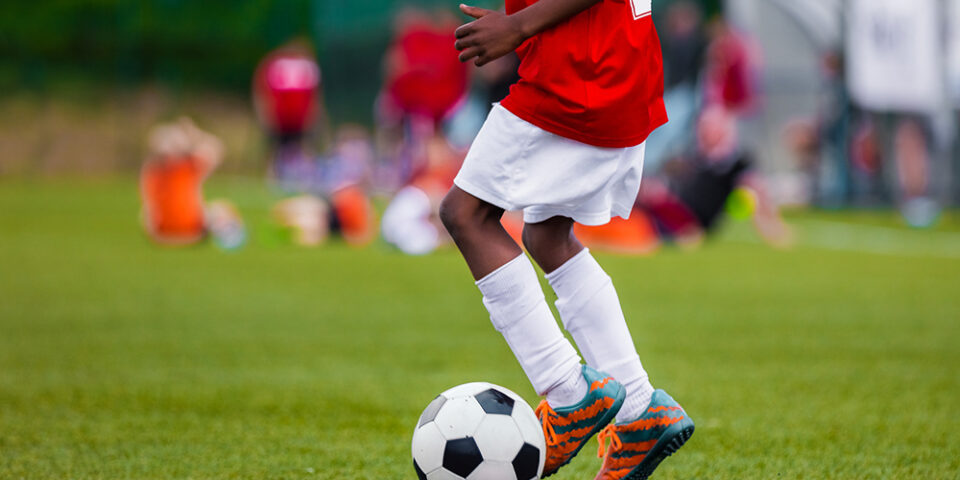The importance of strength development in youth soccer athletes
Soccer players rely heavily on lower body strength to navigate through games, practices, tournaments and weight sessions. Whether it’s swiftly changing directions or striking a ball from various positions on the pitch, these players engage the largest and strongest muscles in their bodies to execute these movements.
Apex Athletic Performance exercise physiologist Allison Traub spoke on the muscles utilized in soccer and what exercises soccer players can use to best develop strength and avoid burnout.
What muscles are used most in soccer?
“The primary muscles utilized in the sport include the hip flexors, glutes, hamstrings and quadriceps,” said Traub. “For young athletes, especially at the youth level, it’s crucial to develop the muscles around the hips, knees and ankles to prevent future injuries such as sprained ankles, strained muscles and muscle tears.”
Proper stretching and warm-up routines are essential in avoiding potential injuries. Regrettably, female soccer players are 20% more susceptible to tearing their ACL than athletes in any other sport. This is why strengthening and stabilizing the core muscles in your legs is vital for both current and long-term health.
Exercises to build up your soccer game strength
“There are several exercises I recommend for hip, knee and ankle care,” said Traub. “Developing muscles that stabilize your lower limbs and help to support your body’s weight play a significant role in developing the best performance for soccer athletes.”
Traub’s recommendations for exercises include:
- Walking lunges. A walking lunge is a lower body exercise where you take a step forward with one leg and lower your body until both knees are bent at approximately 90-degree angles. The back knee hovers above the ground, and then you push off the front foot to bring your feet together and repeat the movement with the opposite leg.
- 90/90s. The 90/90 mobility exercise is a seated hip mobility exercise. Start by sitting on the floor and place one leg in front of you with the knee and hip forming a 90-degree angle, and the other leg behind you with the knee and hip also at a 90-degree angle. Lean forward slightly to feel a stretch in your hips while keeping your back straight, then switch the position of your legs and repeat the stretch on the other side.
- Isometric lunging calf raises. This exercise involves positioning yourself in a lunge stance with one leg forward and the other extended behind, creating a 90-degree angle at the front knee. While maintaining this lunge position, lift both heels off the ground to further engage the calf muscles and hold the raised position for a set duration before switching sides.
- Vertical/lateral/horizontal bounds. Vertical, lateral and horizontal bounds are explosive plyometric or jumping exercises used to develop power, agility and overall athleticism. All three types of bounds are often used in sports training and fitness routines to improve explosiveness, coordination and overall lower body strength.
- Clamshells. The clamshell exercise is a hip-strengthening exercise that targets the muscles of the outer hips, specifically the gluteus medius, helping to improve hip stability and possibly prevent injuries in the hips and knees. To perform it, lie on your side with your knees bent at a 90-degree angle, then lift your top knee while keeping your feet together, resembling the opening of a clamshell.
Only 3% of youth athletes continue playing until 17–19 years old, highlighting the importance of preventing burnout in young athletes by developing their strength and performance carefully over time.
Find an orthopedic specialist you trust
Find a provider who’s right for you by viewing their online profiles, star ratings and reviews.
Find an Orthopedic Doctor
